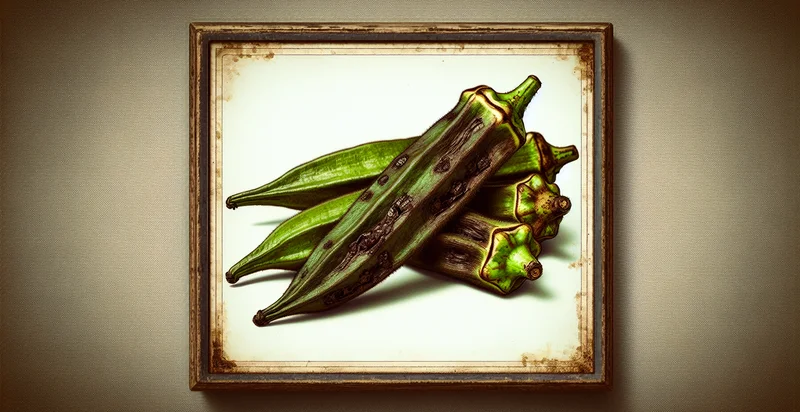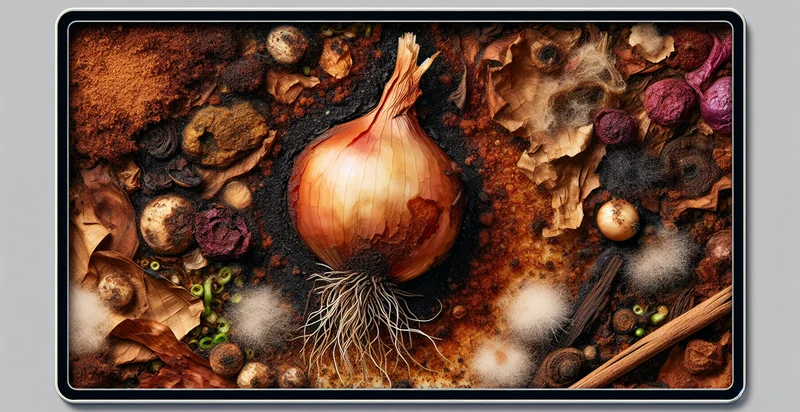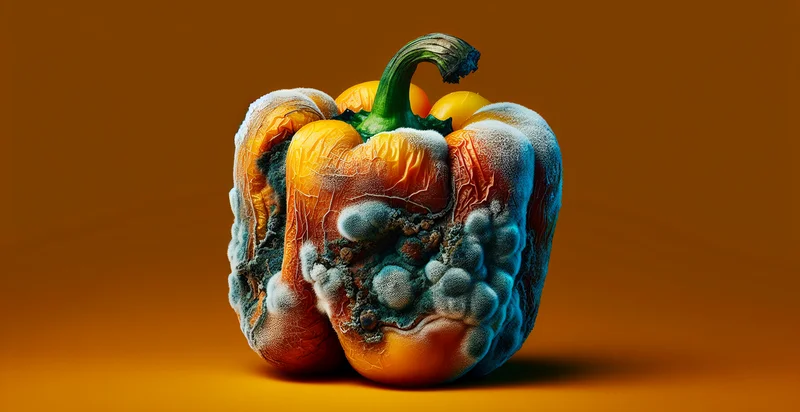Identify if okra is rotten
using AI
Below is a free classifier to identify if okra is rotten. Just upload your image, and our AI will predict if okra is rotten - in just seconds.

Contact us for API access
Or, use Nyckel to build highly-accurate custom classifiers in just minutes. No PhD required.
Get started
import nyckel
credentials = nyckel.Credentials("YOUR_CLIENT_ID", "YOUR_CLIENT_SECRET")
nyckel.invoke("if-okra-is-rotten", "your_image_url", credentials)
fetch('https://www.nyckel.com/v1/functions/if-okra-is-rotten/invoke', {
method: 'POST',
headers: {
'Authorization': 'Bearer ' + 'YOUR_BEARER_TOKEN',
'Content-Type': 'application/json',
},
body: JSON.stringify(
{"data": "your_image_url"}
)
})
.then(response => response.json())
.then(data => console.log(data));
curl -X POST \
-H "Content-Type: application/json" \
-H "Authorization: Bearer YOUR_BEARER_TOKEN" \
-d '{"data": "your_image_url"}' \
https://www.nyckel.com/v1/functions/if-okra-is-rotten/invoke
How this classifier works
To start, upload your image. Our AI tool will then predict if okra is rotten.
This pretrained image model uses a Nyckel-created dataset and has 2 labels, including Okra Fresh and Okra Rotten.
We'll also show a confidence score (the higher the number, the more confident the AI model is around if okra is rotten).
Whether you're just curious or building if okra is rotten detection into your application, we hope our classifier proves helpful.
Related Classifiers
Need to identify if okra is rotten at scale?
Get API or Zapier access to this classifier for free. It's perfect for:
- Farmer Harvest Quality Control: This use case involves utilizing the okra rotting identifier to assess the quality of crops during harvest. Farmers can quickly determine the percentage of rotten okra, allowing for more efficient selection and maximizing the sale of fresh produce.
- Supply Chain Management: Retailers can integrate the identifier into their supply chain processes to monitor incoming shipments. By assessing the freshness of okra at various stages, they can reduce waste and maintain optimal inventory levels.
- Food Processing Industry: Food processors can use the classification function to ensure the quality of raw materials. By screening batches of okra before processing, they can prevent spoilage and enhance the quality of the final product.
- Grocery Store Inventory Checks: Supermarkets can implement this technology to streamline inventory checks. Employees can quickly assess the condition of okra in the produce section, ensuring customers receive fresh products and reducing returns due to spoilage.
- Quality Assurance in Restaurants: Restaurants can employ the okra identifier as part of their quality assurance protocols. This ensures that only fresh ingredients are used in dishes, enhancing taste and customer satisfaction while minimizing food waste.
- E-commerce Fresh Produce Sales: Online grocery platforms can integrate the identifier to provide real-time quality assessments of okra sold through their service. This feature can enhance customer trust by guaranteeing freshness and reducing the likelihood of complaints or returns.
- Agricultural Research and Development: Researchers can utilize the identifier to study the causes and effects of spoilage in okra. By analyzing data on rotten produce, they can develop better cultivation practices or improved varieties resistant to spoilage.


